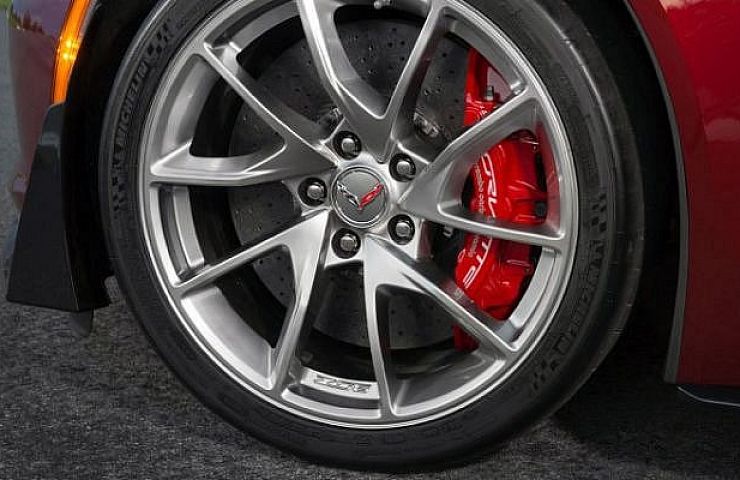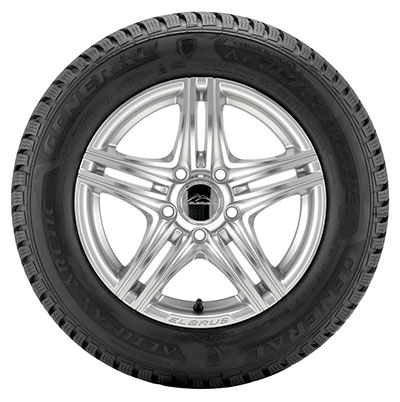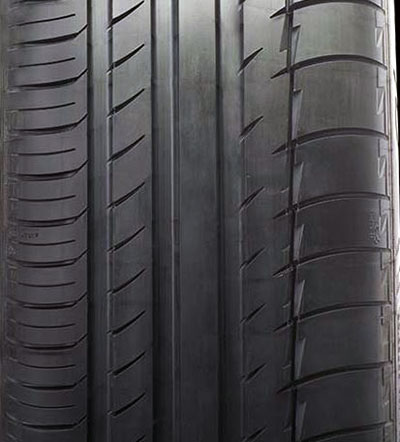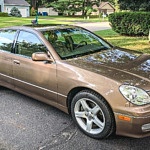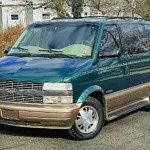The idea of modifying original equipment with larger diameter wheels and low-profile tires goes back to the 1970s. Plus-sizing has become very popular—because it enhances both appearance and performance. In fact, many automakers include plus-sized options on their sportier models.
Done correctly, plus-sizing maintains the same diameter wheel and tire combination as base-model sizing. This is important because it maintains optimum performance from the car’s suspension, avoids rubbing and fitment issues, and keeps the proper calibration for wheel speed sensors that affect everything from antilock braking to traction control.
Plus-sizing works two ways to improve performance. First, larger tires create a bigger contact patch with the ground for better traction. In addition, shorter sidewalls in combination with larger wheels are stiffer, enhancing steering response.
While the benefits of plus-sizing are not limited to a particular model or type of vehicle, not all car owners will benefit from these extreme wheel and tire packages.
“If you own a high efficiency vehicle such as a Toyota Prius, plus-sizing will reduce the tires’ rolling resistance efficiency said Woody Rogers, product information specialist at Tire Rack. “The performance tires you get with these packages tend to have higher rolling resistance,” Rogers said. “Because the wheels’ mass is greater and moved outwards, there is less efficiency in getting the car up to speed.”
Vehicle owners living in areas with rough roads such as the Upper Midwest should also be careful, since the narrower sidewall on low profile tires is less capable of enveloping these bumps and protecting the wheels. Finally, be wary of extreme packages—the wheels and tires may not have the load capacity for the vehicle, especially if it happens to be a large SUV.
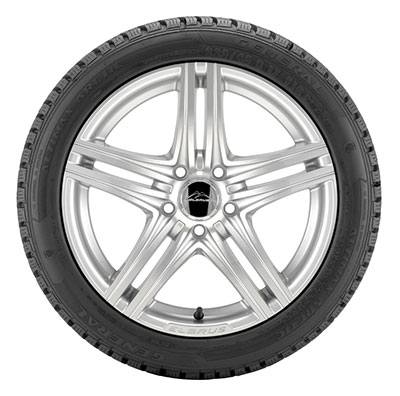
An example of plus sizing using a large diameter alloy wheel and low-profile summer performance tire.
“Unless you happen to be an engineer who enjoys figuring this stuff out, the best way of choosing the correct tire and wheel package is to have an expert help you,” said Rogers. Tire Rack employs fitment engineers that go through the elaborate process of measuring vehicles to determine which wheels and tires are appropriate.”
Since plus-sizing implies moving up to higher performance tires, don’t be surprised if the tires’ lifespan is shorter than for traditional touring tires. Rotating tires every ,5000-7,000 miles prevents uneven wear that can shorten their life. Rogers says that this is especially important during the first year of the tires’ life.

